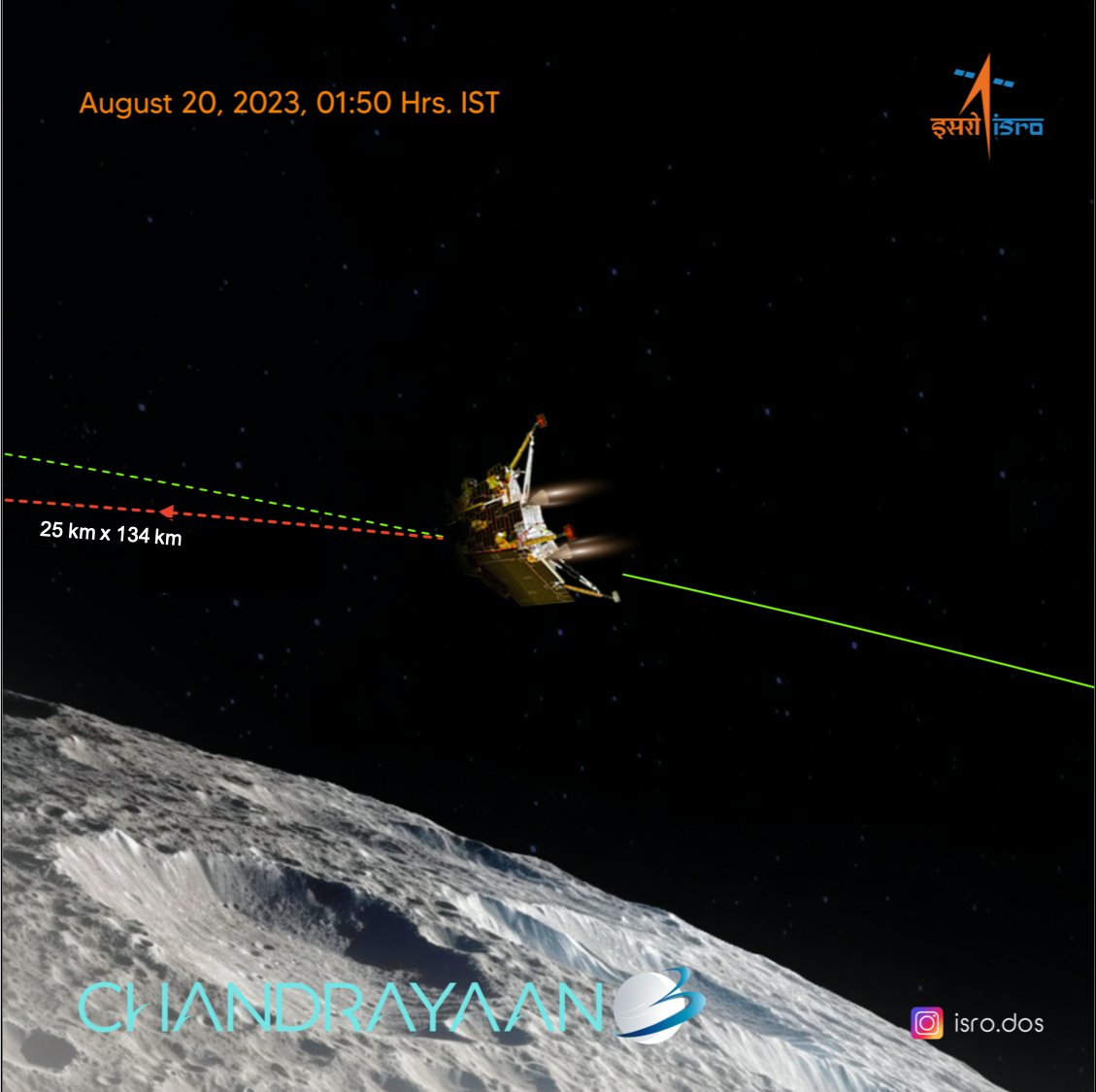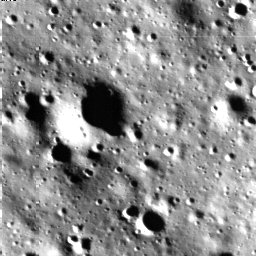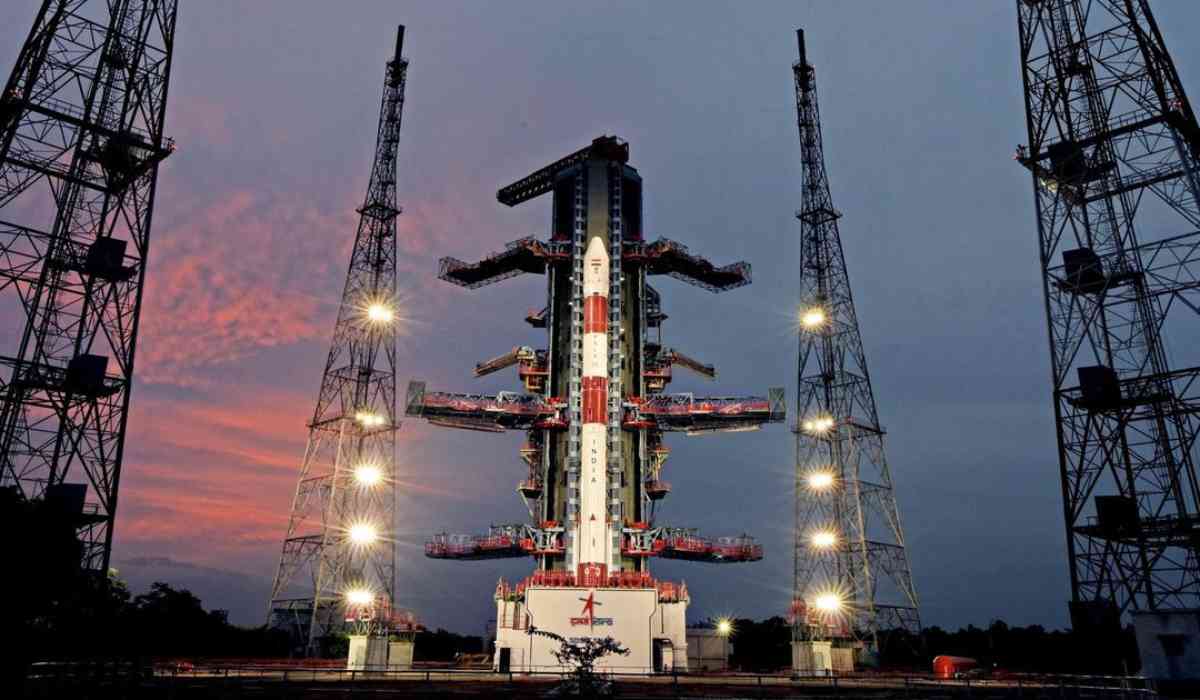ISRO's Vikram lander achieved a smooth touchdown on the Moon's southern pole, an unexplored region believed to contain valuable resources. Making history at 6:04 pm on Wednesday, India became the pioneering country to accomplish the landing of ISRO's Chandrayaan-3 spacecraft on the Moon's southern pole. This achievement comes shortly after a Russian Luna-25 probe had an unsuccessful landing in the same vicinity. Indian Prime Minister Narendra Modi is elated as his nation has reached a significant milestone. India achieved a historic soft landing on the Moon on August 23 through its Chandrayaan-3 mission, making it the fourth country in the world, after China, the former Soviet Union, and the United States, to successfully land on the lunar surface. In a speech after the successful landing, PM Modi stated, "This success belongs to all of humanity and it will help moon missions by other countries in the future," He added, "I'm confident that all countries in the world, including those from the global south, are capable of capturing success. We can all aspire to the moon and beyond."
Here are some Key Highlights of India's Chandrayaan-3 Lunar Landing
1. The solar-driven rover named Pragyan is set to investigate the lunar terrain and send back information to Earth within its two-week operational period.
Landing near the relatively uncharted southern pole of the Moon, Chandrayaan-3, signifying "Mooncraft" in Sanskrit, has successfully achieved its mission. A previous Indian endeavor, Chandrayaan-2, faced setbacks in 2019.

2. Across the nation, gatherings and religious ceremonies were conducted with immense enthusiasm in anticipation of the momentous lunar landing. ISRO is broadcasting the landing event live on its official website. The Chandrayaan-3 mission was initiated on July 14th from Sriharikota.
3. Initiating its approach towards the lunar surface, the Vikram lander commenced its descent at a speed of 1.68 kilometres per second. Subsequently, it decelerated before commencing a controlled vertical descent to touch down on the moon's surface.
4.. The US, China, and the Soviet Union have successfully landed on the moon's equatorial region, but no country has attempted a soft landing on the moon's south pole due to rough terrain. In the previous Moon mission, the Vikram lander of the Chandrayaan-2 attempted to land in the same region of the moon in 2019 but crashed before its landing.
5. Chandrayaan-3 is a lunar mission by the Indian Space Research Organisation (ISRO) with the main objective of achieving a soft and safe landing on the moon's south pole. The mission consists of two main components: a lander called Vikram and a rover called Pragyan.

The Vikram lander will be responsible for landing the mission on the moon's surface, while the Pragyan rover will be responsible for exploring the lunar surface after landing. The Pragyan rover will be equipped with a variety of scientific instruments to study the moon's geology, mineralogy, and atmosphere.
The Chandrayaan-3 mission is a significant milestone for India's space program and will help to advance our understanding of the moon. The mission is also expected to generate valuable data that will be useful for future lunar missions.
© Copyright 2023. All Rights Reserved Powered by Vygr Media






















